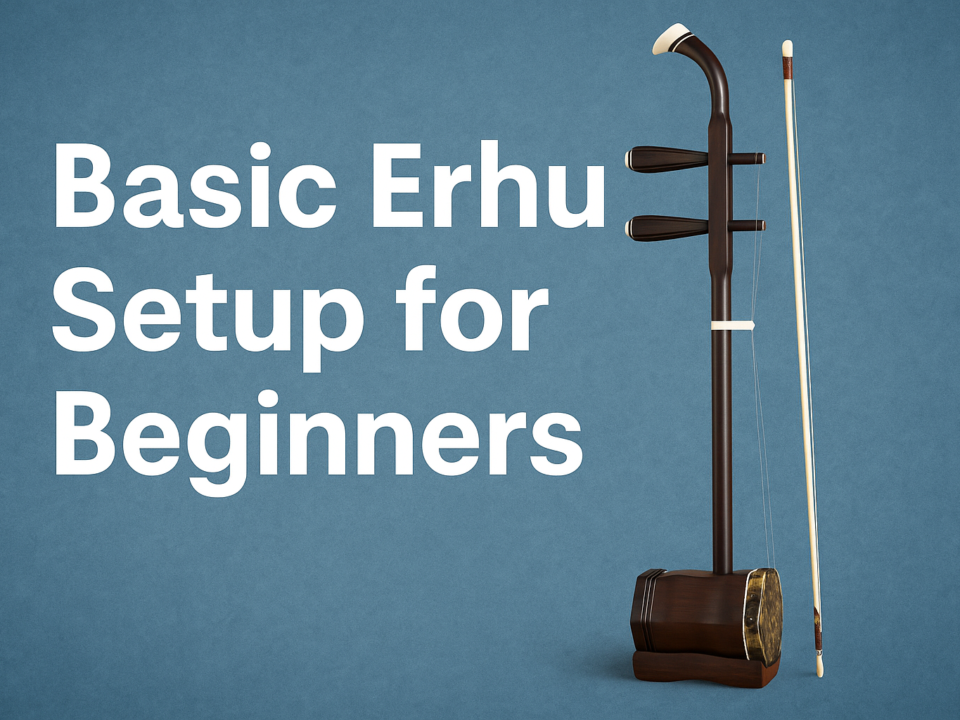2 Ways to Fine Tune Your Erhu
October 22, 2015Your Optimal Qianjin Position
October 29, 2015Dimo vs. Tape: Understanding the Impact on Sound Quality
Mastering the art of affixing dimo on a dizi can be a challenge for beginners. The struggle often leads many to resort to a seemingly easier alternative: transparent adhesive tape, commonly known as “Scotch tape.” However, what might appear as a convenient solution has subtle yet significant repercussions on the instrument’s tonal characteristics.
Let’s dive into the distinctive differences between using dimo and tape and their impact on the timbral quality of the dizi.
Dimo: A Key Component of the Dizi’s Sound
Dimo, crafted from the interior of a bamboo shoot, is a vital component that contributes to the dizi’s unique sound. It’s responsible for the characteristic buzzing timbre that defines this traditional Chinese flute. Combined with specific playing techniques exclusive to the dizi, the dimo plays a pivotal role in shaping the instrument’s distinct flavor, enhancing performances in various musical pieces.
Adhesive Tape: A Surrogate for Dimo
Conversely, the use of adhesive tape alters the tonal outcome of the dizi. While tape offers convenience with no preparation required and greater durability, the resulting sound becomes mellower, resembling the tones of the Western flute. This shift in sound quality might not necessarily be unpleasant, but it lacks the characteristic buzzing timbre associated with the dizi, diminishing the instrument’s unique expression.
Choosing Between Dimo and Tape
It’s essential to note that while tape might serve as a practical substitute during practice sessions, it is not recommended for use in actual performances. The tape’s influence on the dizi’s sound does not encapsulate the distinctive qualities that make the instrument stand out in certain musical compositions.
For a visual and auditory demonstration highlighting the difference in sound between dimo and tape, check out our informative video below!
For those keen on learning how to properly affix dimo on the dizi, we’ve prepared a helpful video guide [here].
Looking to acquire your very own dizi? Explore our wide range of dizis available in our web store [here]!
Mastering the art of dimo affixation on the dizi might pose a challenge, but understanding its impact on sound quality is crucial for a true dizi enthusiast. Embrace the unique tones of this traditional Chinese flute by choosing the right materials for your musical journey.
Happy dizi playing!




4 Comments
Thank you for this information. I learned several nuances that I did not know. I think it will be easier for me to affix the dimorphism now.
Great!
“Dimorphism ” should be “dimo”. Auto correct does not yet recognize some words on my machine. Sorry
I just bought a Dizi today but no membrane was provided for it. But I will get some membrane before I leave Hong Kong. This is a great piece of information and hopefully I can learn the lovely instrument l